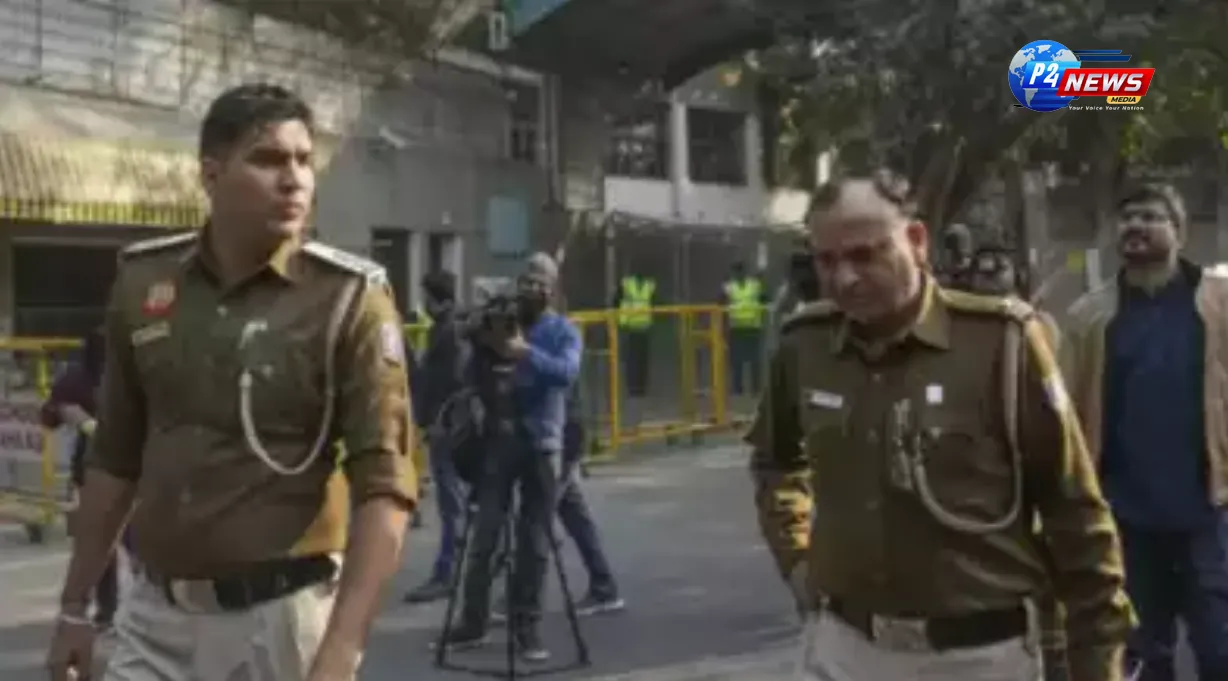Delhi police reported that the recent bomb threat emails sent to schools were traced back to a class 12 student. This alarming revelation highlights concerns about safety and the motivations behind such threats within educational environments.
Delhi police reported that the recent bomb threat emails sent to schools were traced back to a class 12 student. This alarming revelation highlights concerns about safety and the motivations behind such threats within educational environments.
In New Delhi, authorities have reported that the recent spate of bomb threats directed at various schools across the national capital can be traced back to a class 12 student. According to DCP South Ankit Chauhan, the individual in question has confessed to having sent multiple threat emails in the past. This alarming development follows previous disclosures from the police, indicating that at least three educational institutions in Delhi received similar bomb threats, purportedly from their own students.
An initial investigation conducted by the special cell of the Delhi Police revealed that the threats were actually the handiwork of two siblings enrolled in the same school. Their motivation was reportedly to delay the scheduled examinations. During the counseling sessions that followed, both students admitted that they were inspired by earlier incidents where bomb threats had been made against schools, which led them to consider this drastic measure.
After the revelations, the involved students were released after their parents were formally warned about the consequences. Authorities have since reported that additional schools in Rohini and Paschim Vihar have also received threatening emails originating from students. The recent series of bomb threats has been causing significant disruptions to the academic environment, creating an atmosphere of anxiety and fear among students and faculty alike.
This alarming trend first emerged in December of the previous year, when schools received an unnerving email demanding a ransom of $100,000, accompanied by a threat that bombs would be detonated "within 72 hours." The situation escalated from December 9, when a wave of 44 schools were hit with threatening emails, followed closely by an incident on December 13 that affected another 30 institutions, culminating on December 14 with threats targeting eight additional schools. Notably, the sender in this last instance specifically referred to the use of "bomb vests."
Since May of this year, the concerning pattern has continued, with over 50 bomb threat emails aimed at not just schools, but also hospitals, airports, and airline companies throughout Delhi. The persistent nature of these threats has kept local law enforcement on high alert, as they strive to manage the growing public safety concerns linked to such incidents. The actions of individuals, particularly young students, seeking to disrupt educational processes for personal gain or misguided reasons, have raised questions about the underlying motivations and the need for preventative measures within schools.
This troubling situation highlights the necessity for increased awareness and educational programs focused on the ramifications of making threats, especially within school settings. Engaging students in discussions about the impact of their actions could potentially mitigate similar occurrences in the future. The authorities, alongside educational institutions, must work collaboratively to ensure a safe learning environment for all, while also addressing the psychological and social factors that may lead to such behavior from students.
Like
Dislike
Love
Angry
Sad
Funny
Pray
'Trump Tracker: Tulsi Gabbard's Surprising Appointment as US Intelligence Chief
November 14, 20249th Ayurveda Day in Melbourne: A Celebration of Ayurvedic Innovations and Global Health Impact
November 10, 2024🍪 We Value Your Privacy and Experience Hi there! We use cookies to enhance your browsing experience, provide personalized content, and analyze site traffic. By continuing to use our site, you consent to our use of cookies.







Comments 0